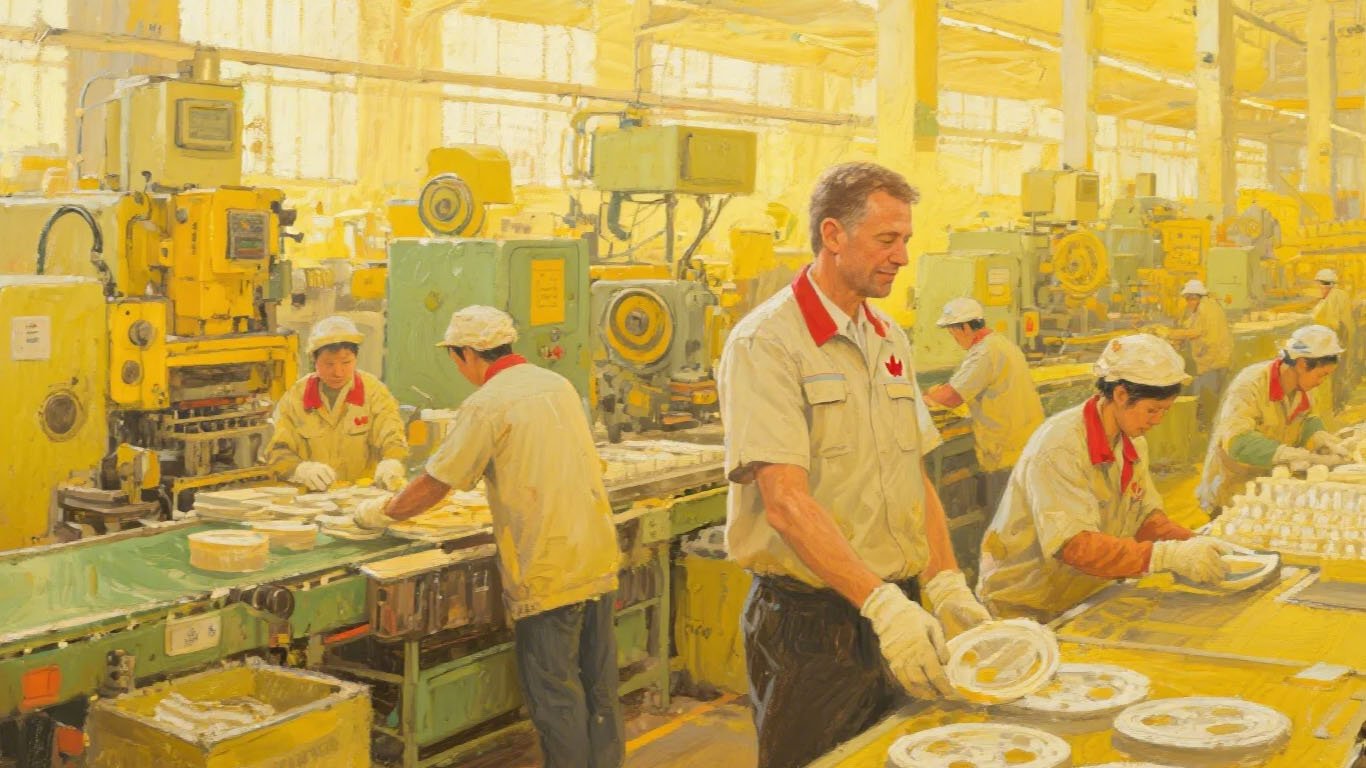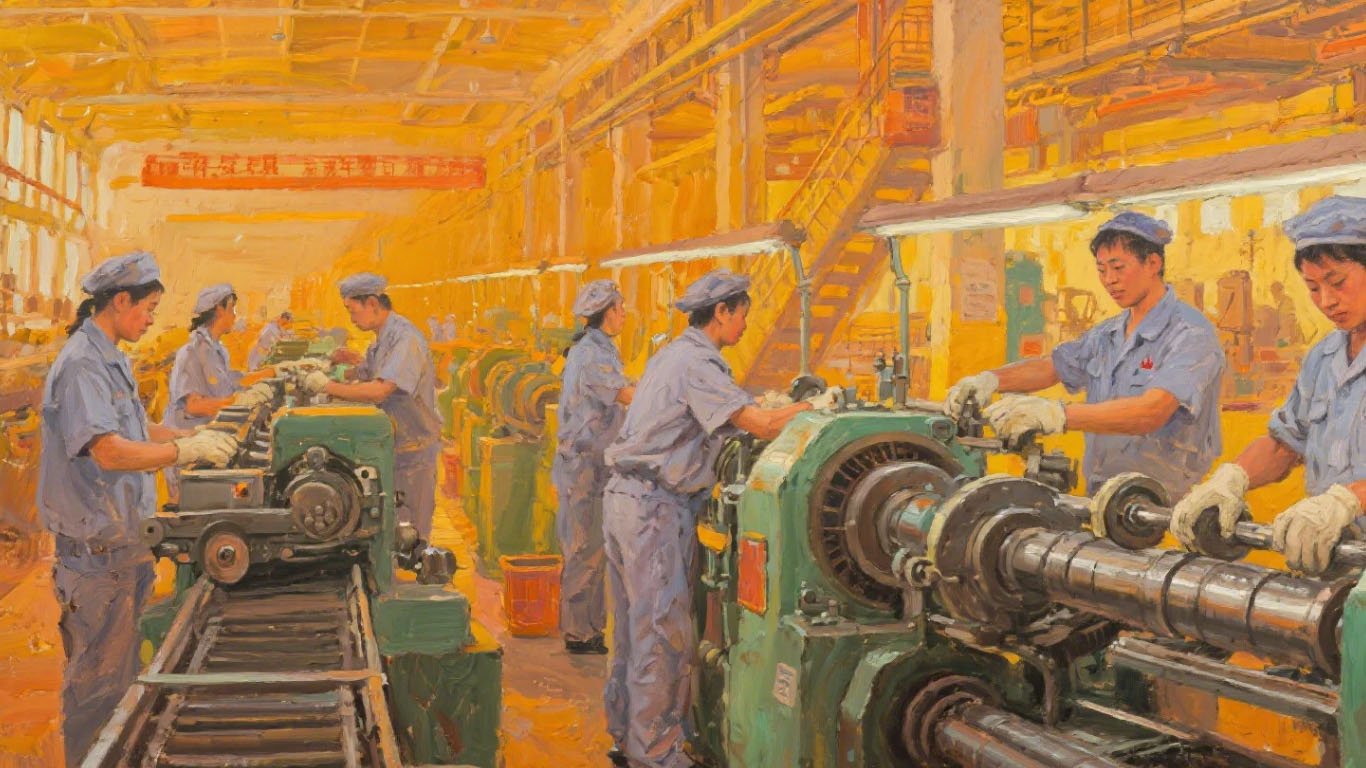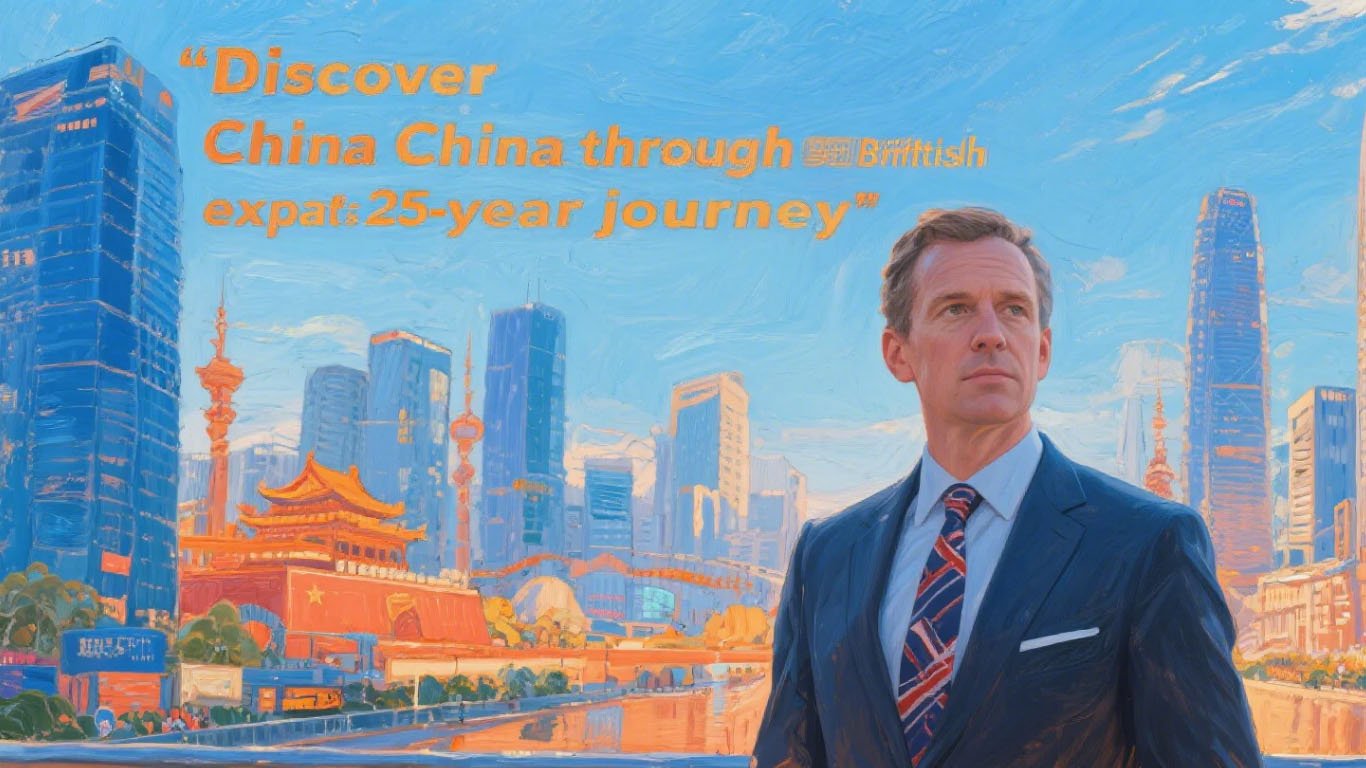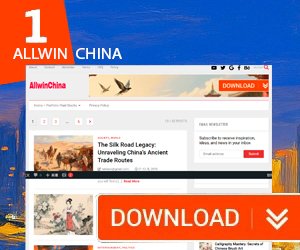Western media often portrays China as restrictive and low-quality, but Maxim, a Canadian expat running a manufacturing business in Guangzhou for 20 ye
Western media often portrays China as restrictive and low-quality, but Maxim, a Canadian expat running a manufacturing business in Guangzhou for 20 years, paints a different picture. Employing over 220 people, Maxim shares his insights on China’s efficiency, high-quality production, and vibrant culture. This article, crafted for allwinchina.org, aims to dispel myths and reveal the real China through Maxim’s experiences.
Debunking Myths: Energy and Quality
Western misconceptions depict China as lacking freedom and producing cheap goods. Maxim disagrees. “People don’t grasp the quality and energy here,” he says. China’s fast-paced, customer-focused mindset drives progress. Workers align to meet client needs swiftly, a trait misunderstood abroad. Maxim’s factory produces high-value B2B products, designed to last decades, countering the outdated “low-quality” stereotype.
Freedom: A Seamless Life
Maxim feels unrestricted in China. “I’ve never felt my freedom was limited,” he states. Since arriving in 2005, life has been smooth. The system is organized, from airports to daily tasks, making navigation easy. Media fuels fears, but Maxim and others he knows face no restrictions. Even bringing cameras and microphones raised no issues at borders, debunking his own initial concerns.
Efficiency: A Well-Run Nation
China’s scale demands efficiency, and Maxim praises its execution. “Running a country this size isn’t easy,” he notes. Digital systems streamline everything, evolving monthly. Infrastructure improves rapidly—traffic bottlenecks are fixed overnight after feedback. City-level autonomy allows quick responses, enhancing life for residents and businesses. Feedback systems ensure authorities address concerns promptly.
Quality Shift: From Quantity to Excellence
China’s manufacturing has evolved. Maxim recalls the 1980s plastic goods stereotype but emphasizes today’s high-value products. His factory focuses on B2B goods, co-designed with clients for reliability. Lean manufacturing ensures quality, with each worker accountable. Digitized inspections and real-time tracking maintain standards. China’s supply chain speed—launching products in months—sets it apart globally.
Technology: WeChat and Beyond
China’s tech integration amazes Maxim. WeChat runs “your entire life,” handling payments, bookings, and more. Infrastructure upgrades, like highway expansions or traffic light fixes, happen swiftly. Digitized factories, like Maxim’s, use real-time coding and automation. A system under development will let global clients upload designs and get instant pricing, showcasing China’s tech edge.

china factory
Workplace Culture: Clarity and Resilience
Working with Chinese employees is “easy,” Maxim says, but requires clear expectations due to cultural differences. Precise specifications prevent misunderstandings in manufacturing. Employees are resilient and solution-focused, tackling issues once identified. Challenges arise as problems may not surface immediately, requiring proactive questions to uncover and resolve them efficiently.
Business Environment: Supportive and Responsible
China’s business climate is “friendly,” Maxim notes. Authorities visit his factory, asking how to ease operations. Rules are strict but fair, ensuring smooth processes. Companies bear significant responsibility for employees, supporting families during hardships. In return, workers show loyalty, fostering mutual commitment. This contrasts with Western corporate models, where individual focus often overshadows collective duty.
Factory Insights: Organized and Advanced
Maxim’s sheet metal facility is digitized, tracking tasks in real time. Machines cost $150,000, robots $200,000, blending Japanese robotics with Chinese integration. The setup rivals German factories, surprising visitors expecting less sophistication. Engineering is key, turning client ideas into reliable products through collaborative design. The factory launches 150–200 new products yearly, serving 30 countries.
Cultural Nuances: High-Context Interactions
China’s high-context culture differs from Canada’s straightforward approach. Maxim advises taking time to discuss personal matters, like family or education, to build trust. Business deals require face-to-face meetings, not just emails. Sharing meals or visiting clients fosters understanding, aligning with Chinese expectations. Personal questions show interest, strengthening relationships.
Success Secrets: Hard Work and Relationships
Maxim attributes his success to hard work, luck, and great teams. “We’re resilient and customer-focused,” he says. Long-term client relationships, co-developing top-market products, drive growth. Meeting people in person is crucial. He advises new entrepreneurs to visit, understand local priorities, and build trust through time spent together, avoiding rushed digital-only interactions.

china factory
Competition: China’s Supply Chain Edge
India and Vietnam compete, but China’s supply chain is unmatched. Maxim can ship containers in 25–30 days, leveraging deep manufacturing knowledge. This speed and expertise make relocation to Canada unfeasible, as North America lacks similar infrastructure for medium-volume production. China’s mindset of rapid progress cements its advantage.
Chinese Dream: Collective Progress
Maxim sees China’s vibrancy in its people’s drive to advance. “They move forward as fast as possible,” he says. This aligns with the Chinese dream of collective prosperity, where personal success ties to national growth. Engaging with locals, talking to strangers, and spending time in China are the best ways to understand its dynamic culture.
Conclusion: A Thriving China
Maxim’s 20-year journey reveals a China of efficiency, quality, and opportunity. Far from media stereotypes, it’s a well-organized, tech-savvy nation where businesses thrive. His story invites readers to visit, meet its people, and discover the real China through allwinchina.org.
A Canadian took me to visit a Chinese factory
Author: Max Chernov



COMMENTS